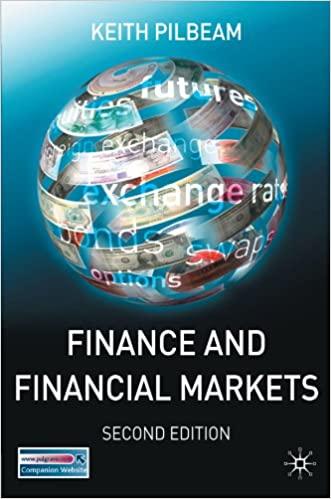i need help with 6-10

D Question 6 1 pts Which of the following statement is incorrect? In order to keep the total return of a stock equal to 100 percent, the income component for that stock could be positive or zero With complete diversification, all of the unsystematic risk is eliminated from the portfolio. Most of the answers are correct except one. O A beta of 1 indicates a risk-free security, such as a U.S. Treasury bill Diversified investors face only systematic risk Question 7 1 pts Which of the following statements is correct? Investors require a lower rate of return from riskier assets. Utilizing the fact that values of two or more assets always move in the same direction at the same time in order to increase the risk of a portfolio is called diversification. All the answers are correct. The risk that investors can diversify away, the risk that is common to all assets, is called systematic or nondiversifiable risk. When choosing between two investments that have the same level of risk, investors prefer the investment with the higher return Question 8 1 pts Which of the following statements is correct? The standard deviation is a measure of systematic risk. O All the answers are correct. In order to keep the total return of a stock equal to 100 percent, the income component for that stock must be zero. The risk that investors can diversify away, the risk that is common to all assets, is called systematic or nondiversifiable risk O When beta equals zero and there is no systematic risk, and therefore the expected return equals the risk-free rate. Question 9 1 pts Which of the following is the best measure of the systematic risk in a portfolio? O standard deviation O covariance beta none of the answers is correct. O variance Question 10 1 pts Which of the following statement is incorrect? The standard deviation is a measure of total risk. The greater the risk, the larger the return investors require as compensation for bearing that risk. With complete diversification, all of the systematic risk is eliminated from the portfolio Most of the answers are correct except one. The income component of return for a common stock comes from the cash dividend a firm pays












